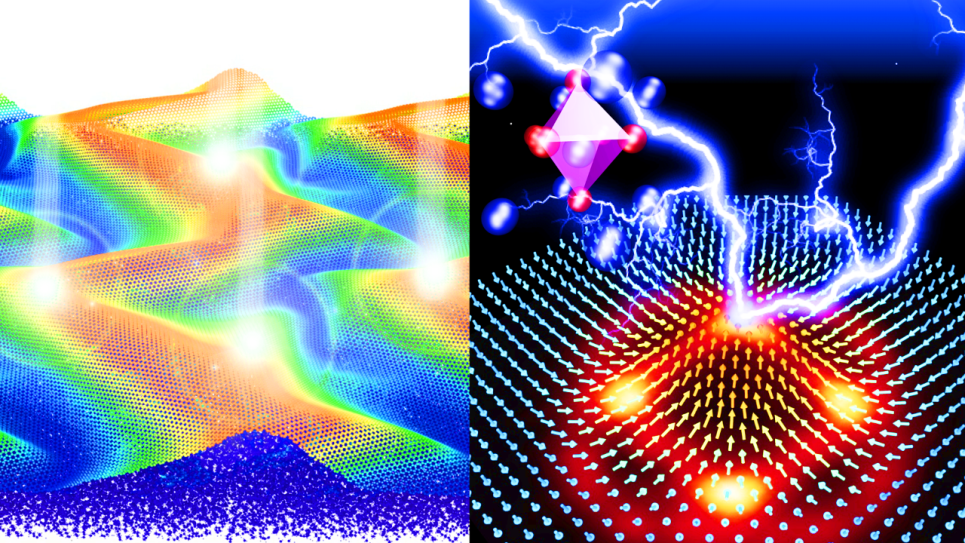With this project, researchers are conducting a large-scale computational campaign to discover and design new materials and interfaces that will advance the efficiency of organic and hybrid solar cells. To do so, the team is developing first-principles approaches, based on density functional theory and many-body perturbation theory, to describe materials and interfaces on the most fundamental level at which solar energy conversion takes place and structure-function relationships are established. By combining massively parallel quantum-mechanical calculations with modern machine learning techniques and optimization algorithms, the researchers aim to predict and design new, advanced functional photovoltaic materials and hetero-structures.
Ultimately, this research will enable transformative advances in the understanding of organic and hybrid photovoltaic materials, and the technology needed to harness their power for affordable, large-scale solar cells. The project’s methodological innovations will produce a general, broadly applicable framework for structure search and computational design of functional materials that will benefit and broaden the community of researchers capable of using leadership computing resources to advance materials science for energy applications. Significant progress has already been made in elucidating structure-property relationships and associated methodological development, leading to numerous publications and awards.
